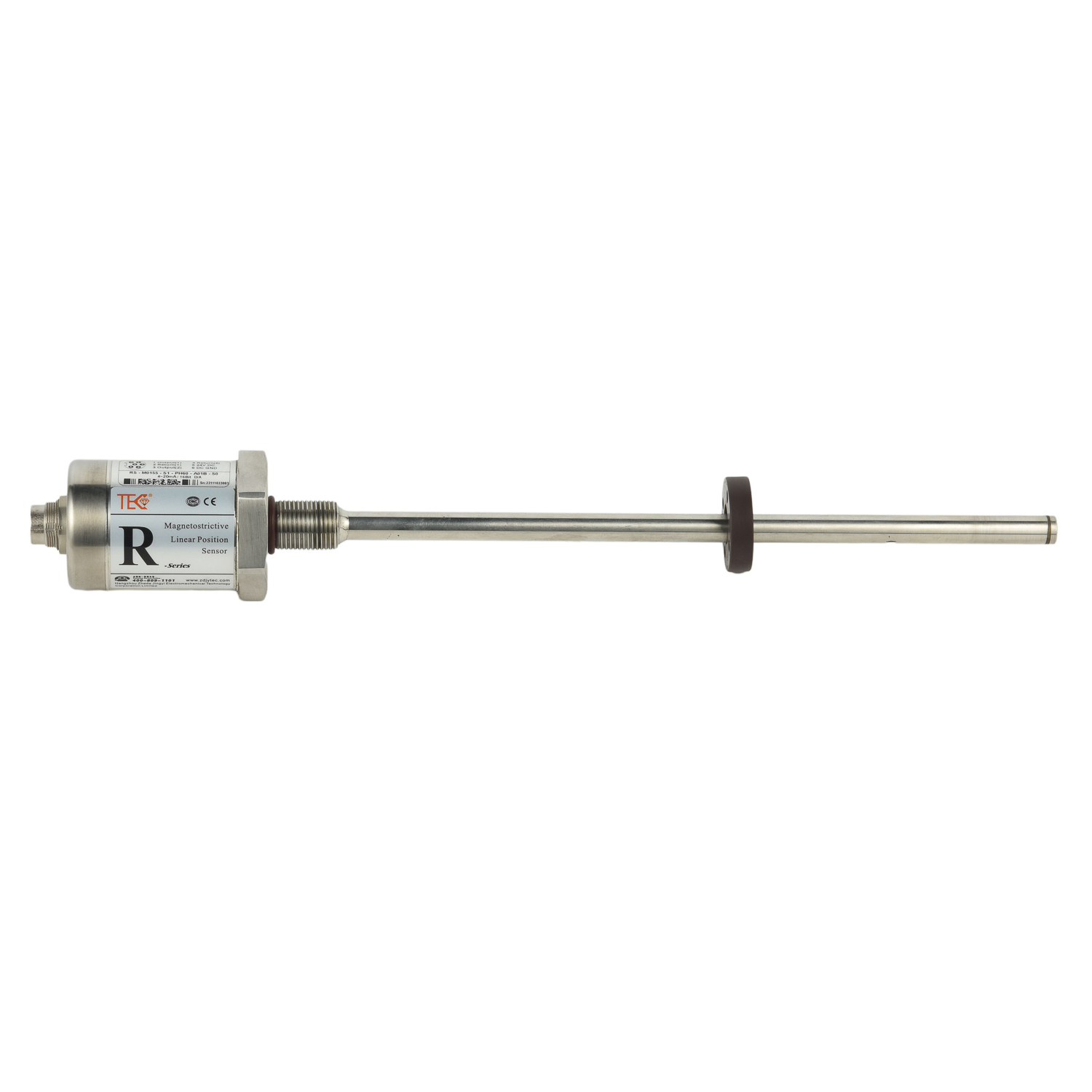What are the installation precautions for magnetostrictive sensors?
Proper installation of magnetostrictive sensors is critical for achieving accurate position measurement and ensuring long-term reliability. These precision devices require careful attention to mechanical mounting, electrical connections, and environmental factors to perform at their optimal capacity. Following manufacturer specifications while considering your specific application requirements will significantly enhance sensor performance and service life.
Mechanical Mounting and Alignment Considerations
The foundation of successful sensor installation begins with precise mechanical mounting. Ensure the sensor body is securely fastened using appropriate brackets that minimize vibration transmission while maintaining perfect alignment with the measuring element. Avoid imposing mechanical stresses on the sensor housing, as even slight distortions can affect measurement accuracy. For linear applications, maintain parallel alignment between the sensor and the target path, typically within 0.5 degrees tolerance. Implement proper support for longer sensors to prevent sagging, and always allow for thermal expansion considerations in your mounting design.
Electrical Connection and Wiring Best Practices
Electrical installation demands meticulous attention to detail to prevent signal interference and ensure stable operation. Use shielded cables throughout the installation, with the shield properly grounded at one end only to avoid ground loops. Maintain separation between power cables and signal lines, keeping them at least 15 centimeters apart to prevent electromagnetic interference. Implement surge protection devices where necessary, particularly in applications with inductive loads. Verify polarity requirements before making connections, and ensure all terminal connections are secure and protected from moisture using appropriate sealing methods.
Environmental Protection and Housing Considerations
Protecting magnetostrictive sensors from environmental factors significantly extends their operational life. Select enclosures with appropriate IP ratings that match your application environment – typically IP67 for industrial environments with potential exposure to fluids or dust. In corrosive atmospheres, specify stainless steel housings or additional protective coatings. Consider temperature extremes and ensure the selected sensor variant matches your operational temperature range. For outdoor applications, provide protection from direct weather exposure and UV radiation, while maintaining adequate ventilation to prevent heat buildup.
Calibration and Commissioning Procedures
After physical installation, proper calibration ensures measurement accuracy. Begin by establishing known reference points and programming the corresponding measurement values into the controller. Allow the system to reach operational temperature before performing final calibration adjustments. Verify the entire measurement range, checking for linearity and repeatability at multiple points. Document all calibration values and settings for future reference. During commissioning, monitor system performance under actual operating conditions to identify any need for fine-tuning adjustments.
Troubleshooting Common Installation Issues
Even with careful installation, issues may arise that require systematic troubleshooting. Common problems include signal dropout, which often indicates wiring issues or electromagnetic interference. Erratic readings may result from mechanical vibration or improper grounding. If accuracy problems persist, verify alignment and check for mechanical wear on moving components. Always consult the manufacturer's troubleshooting guide before making adjustments, and maintain detailed installation records to support diagnostic efforts. Regular preventive maintenance checks help identify potential issues before they affect system performance.

 UpgradingYourLevelMeasurementS
UpgradingYourLevelMeasurementS
 Why are magnetostrictive level
Why are magnetostrictive level
 ComparingMagnetostrictiveandRa
ComparingMagnetostrictiveandRa
 MagnetostrictiveLevelSensorfor
MagnetostrictiveLevelSensorfor
